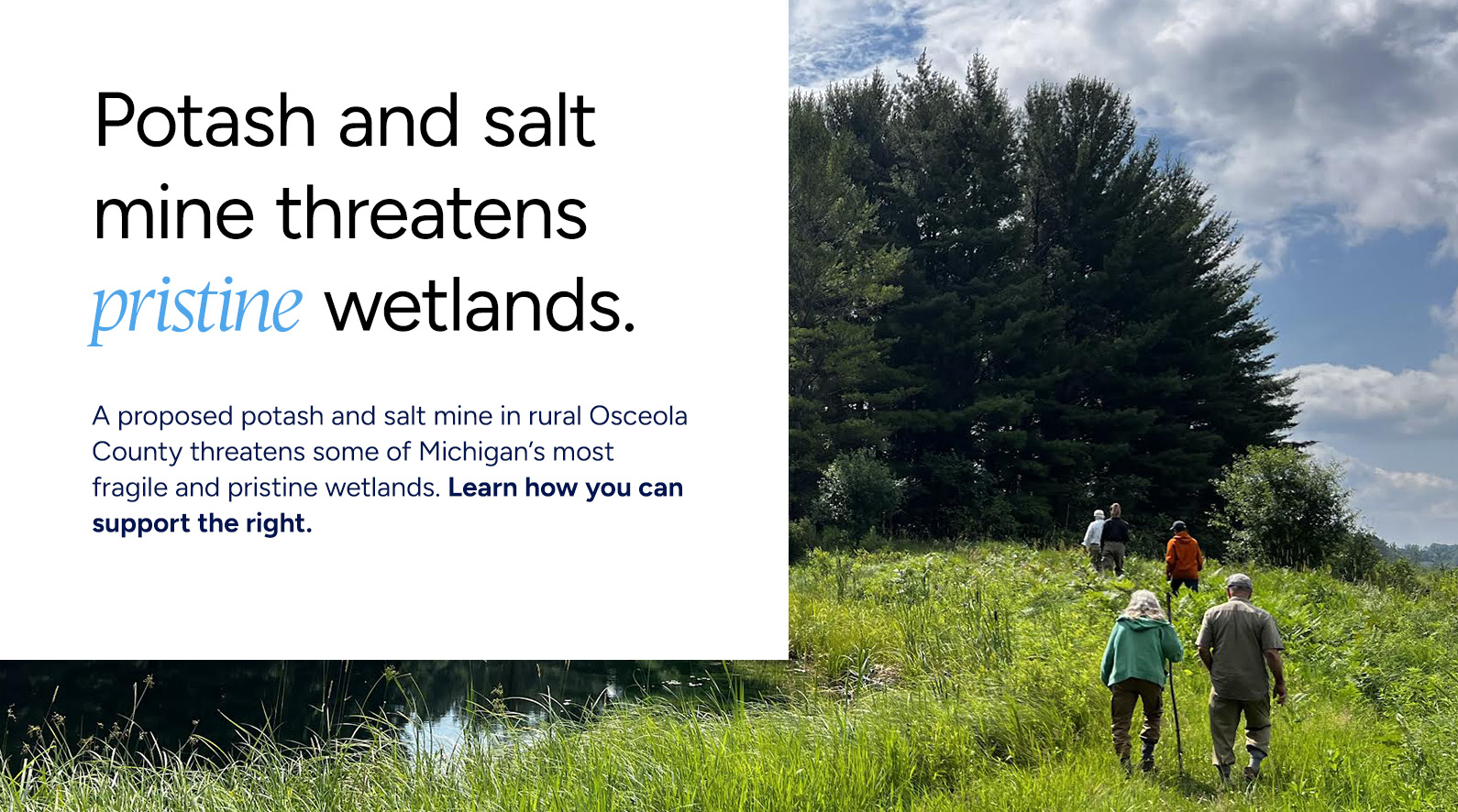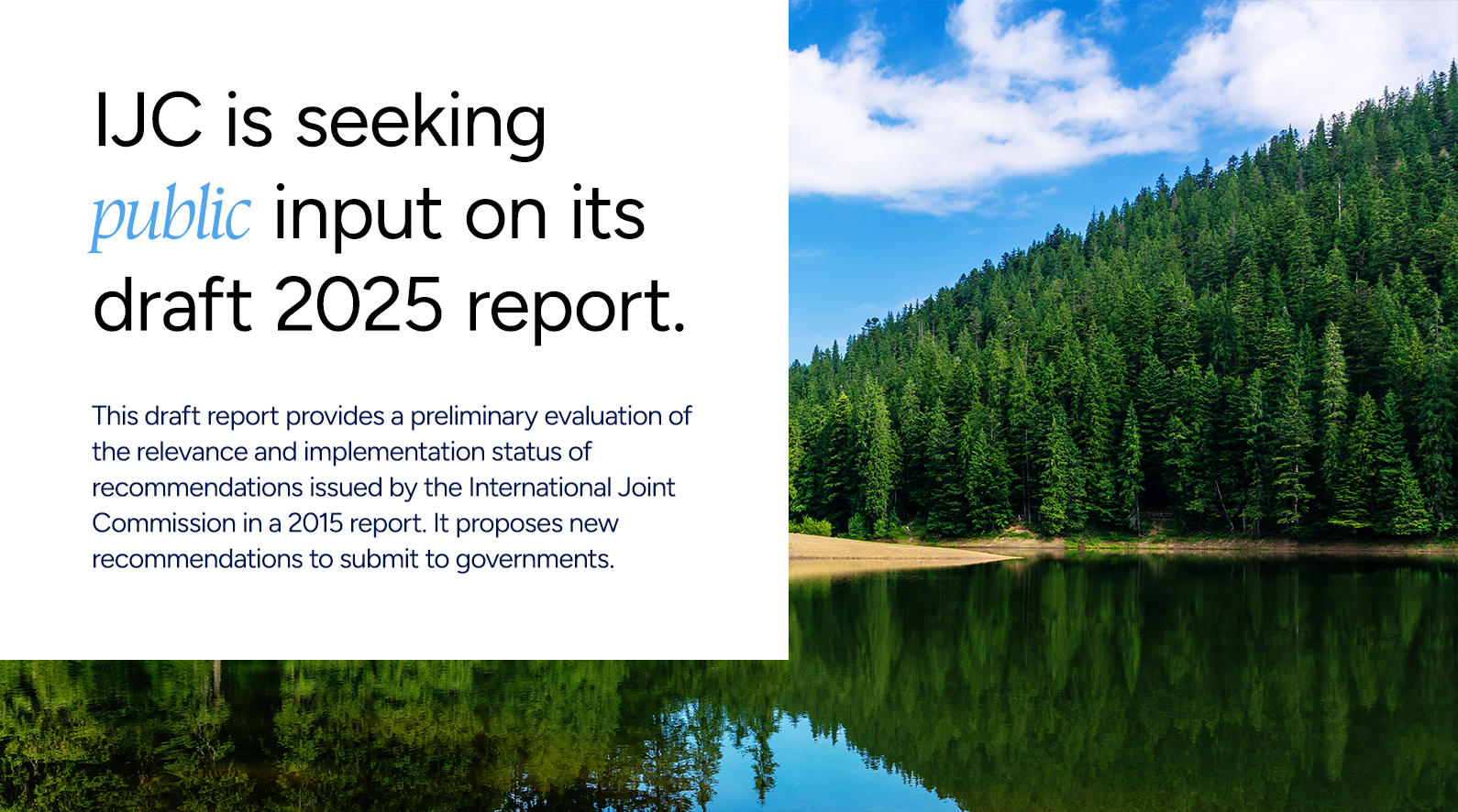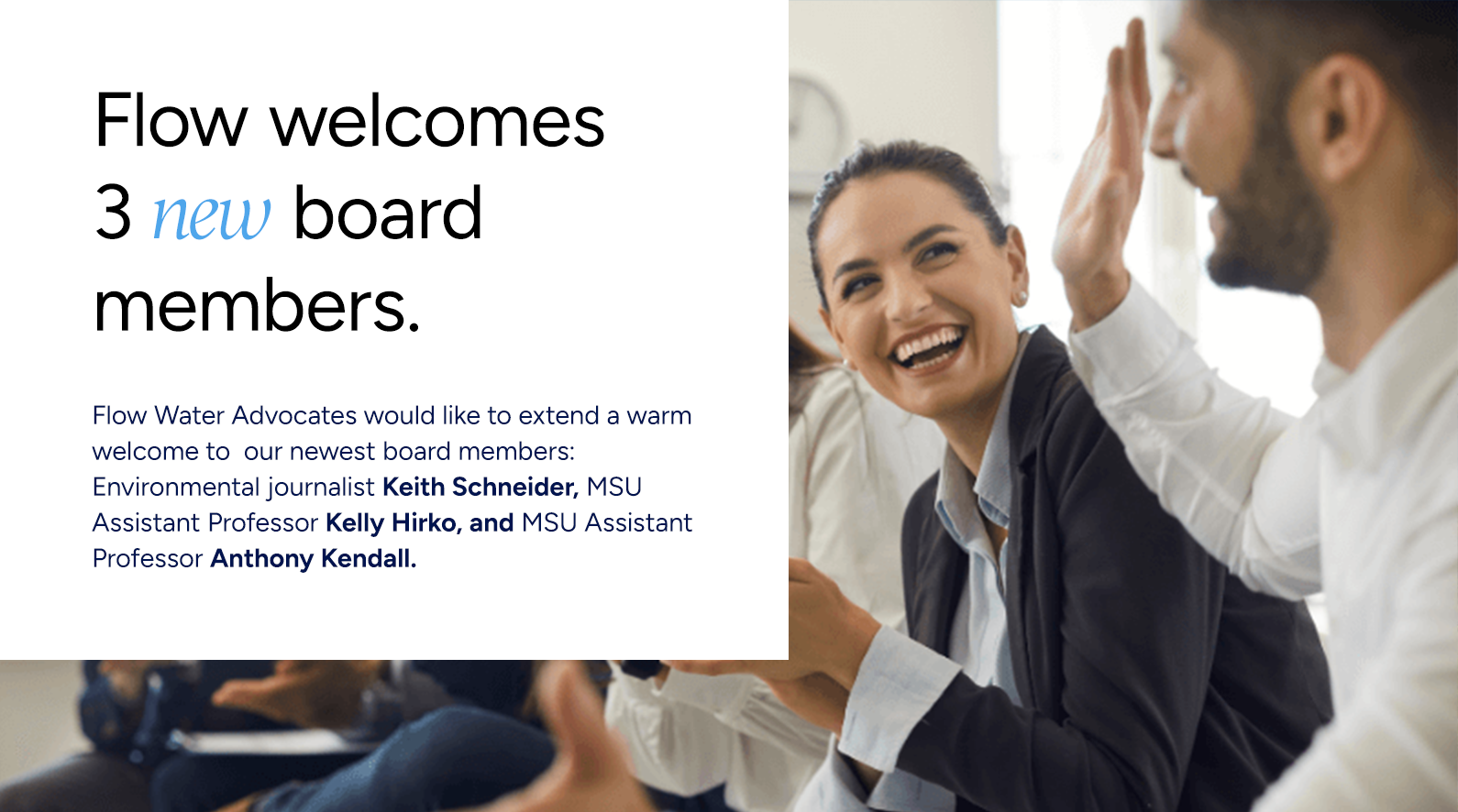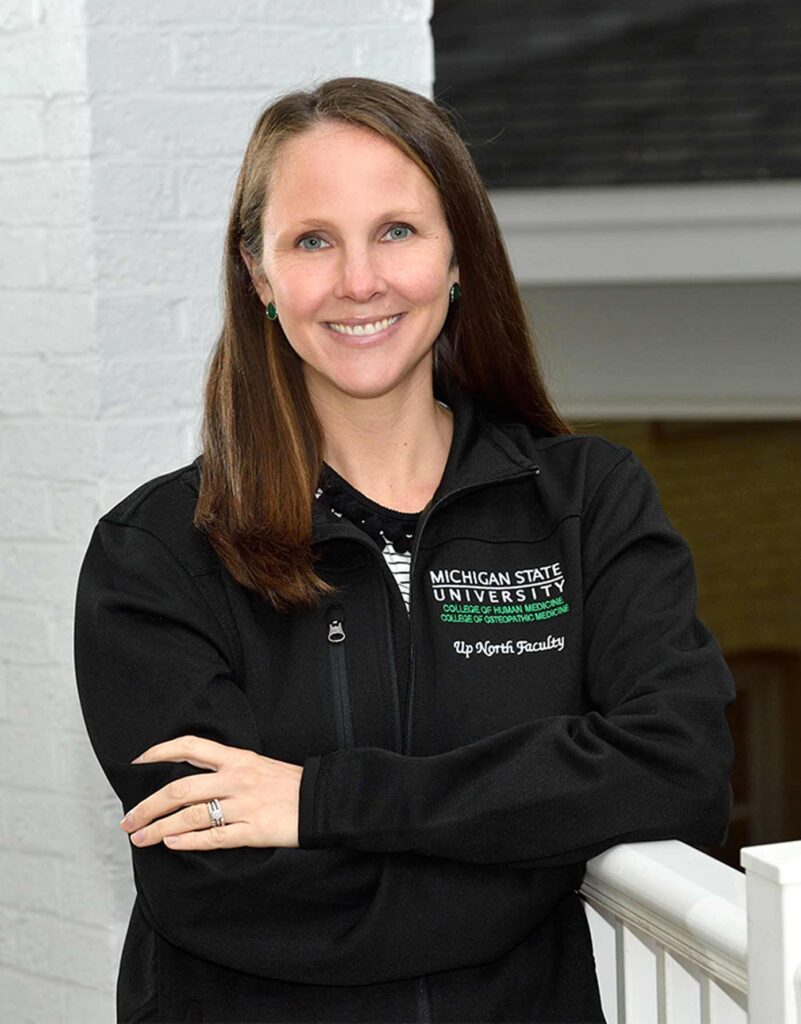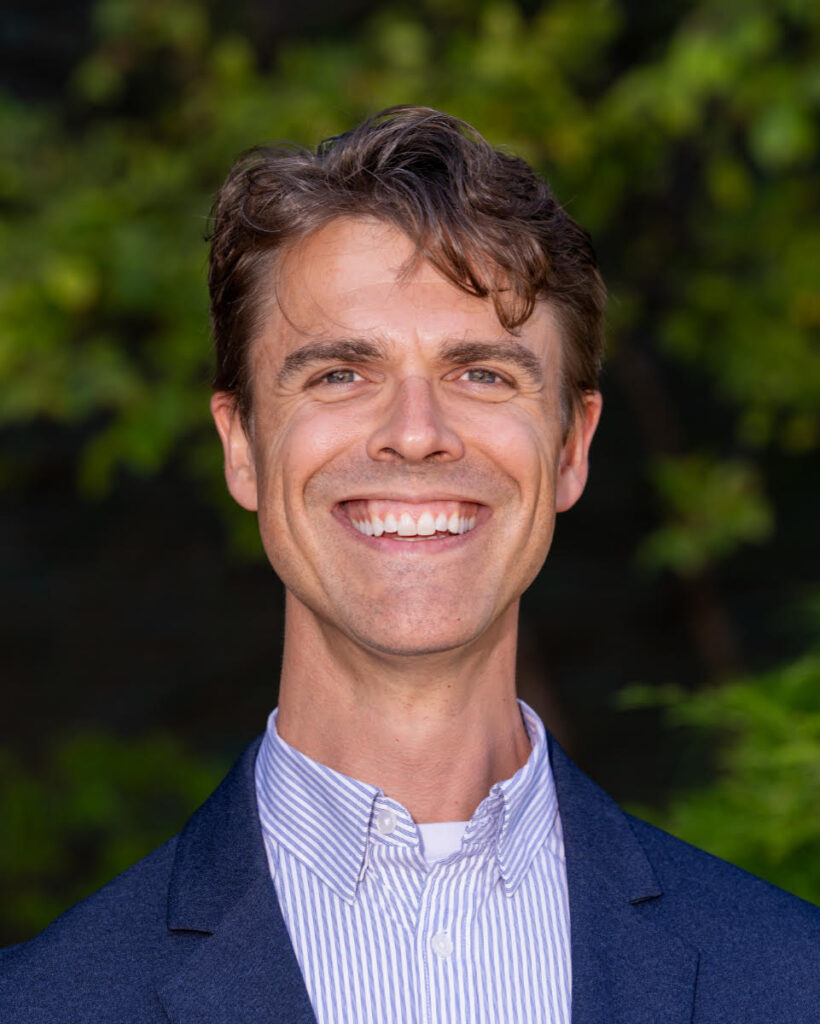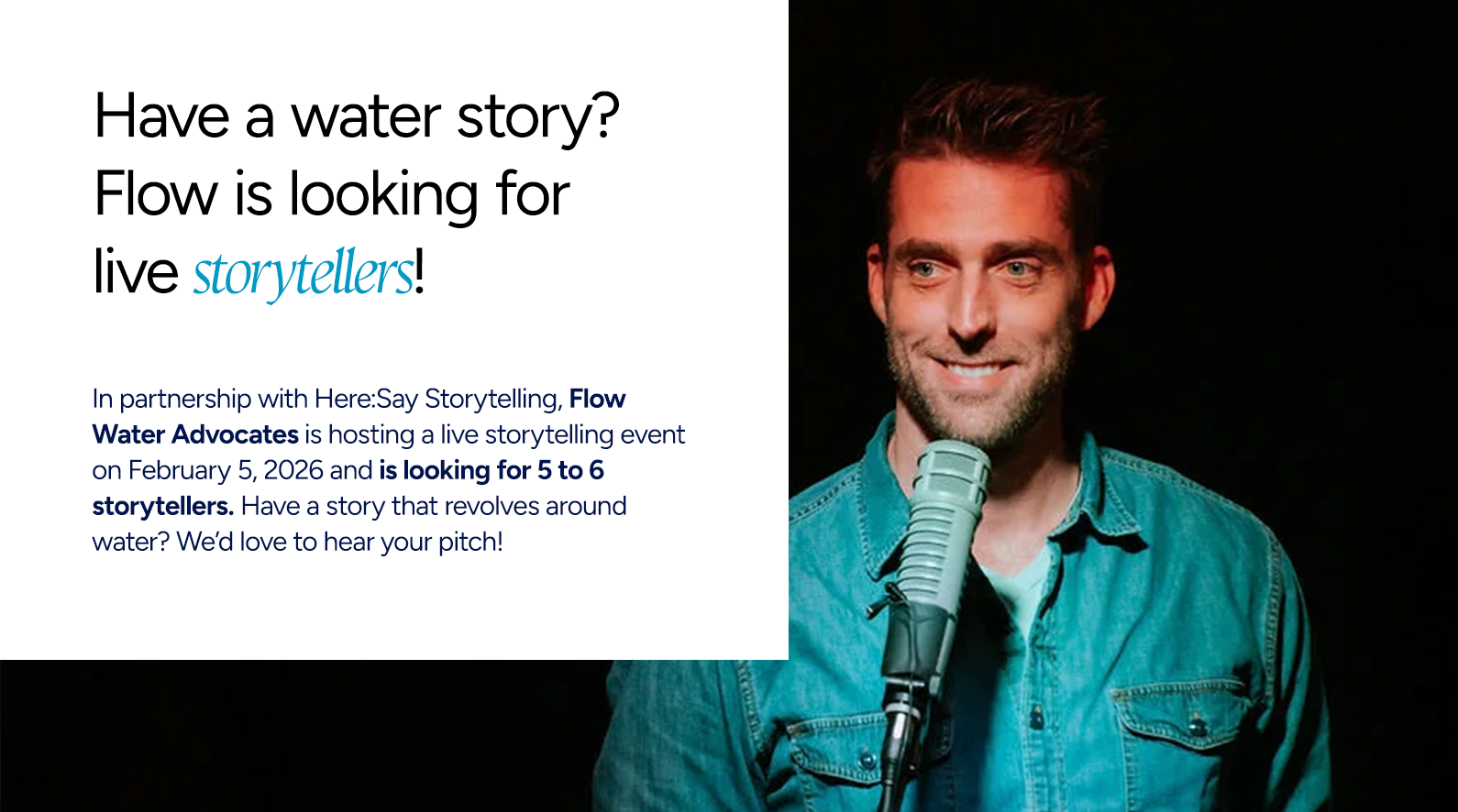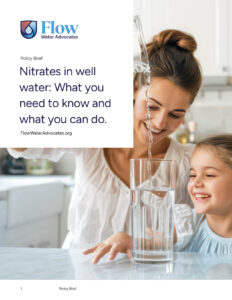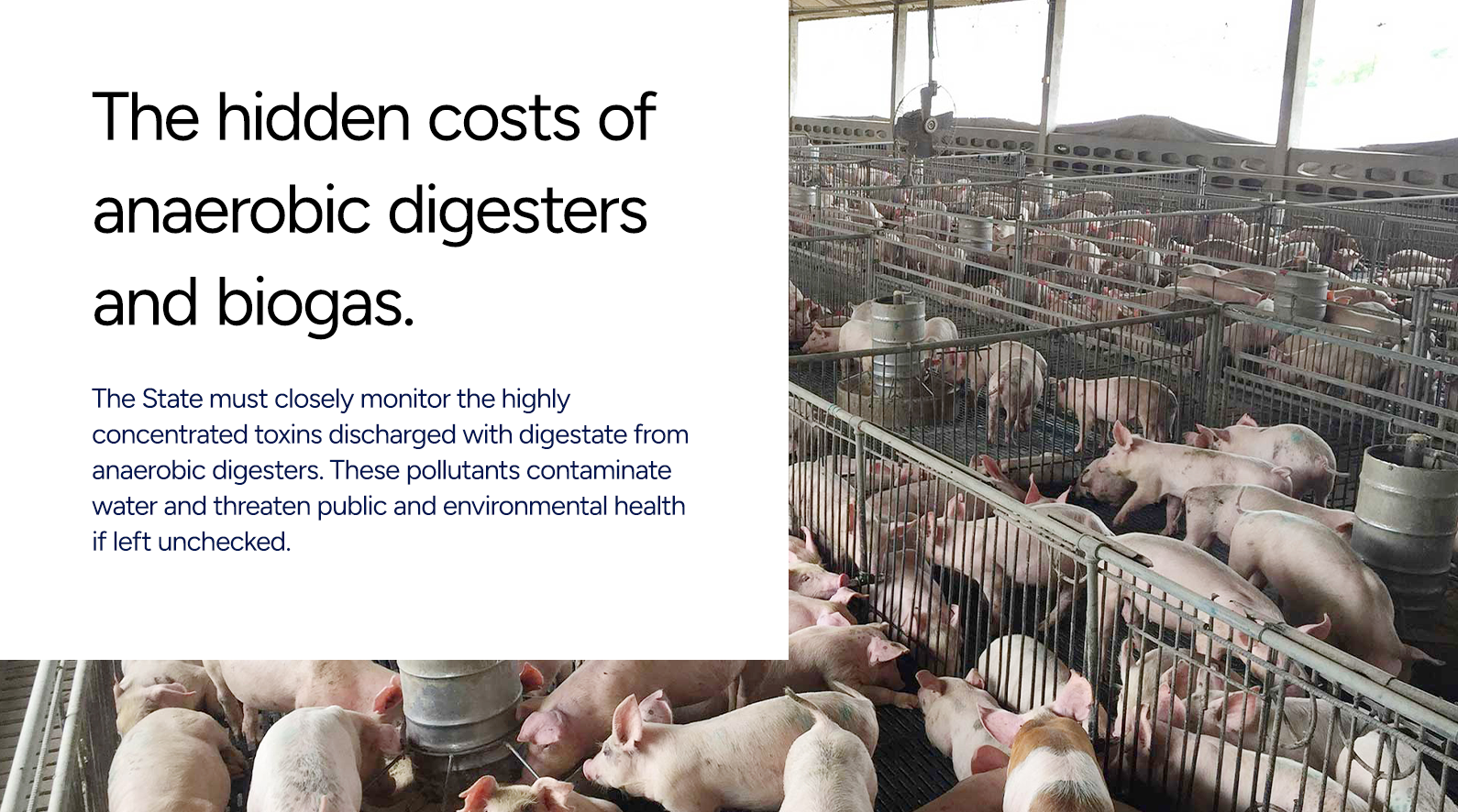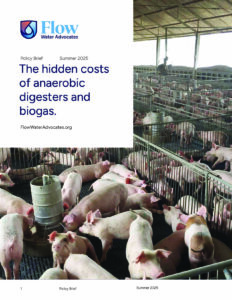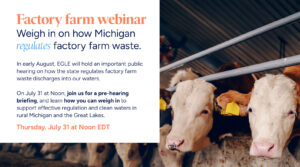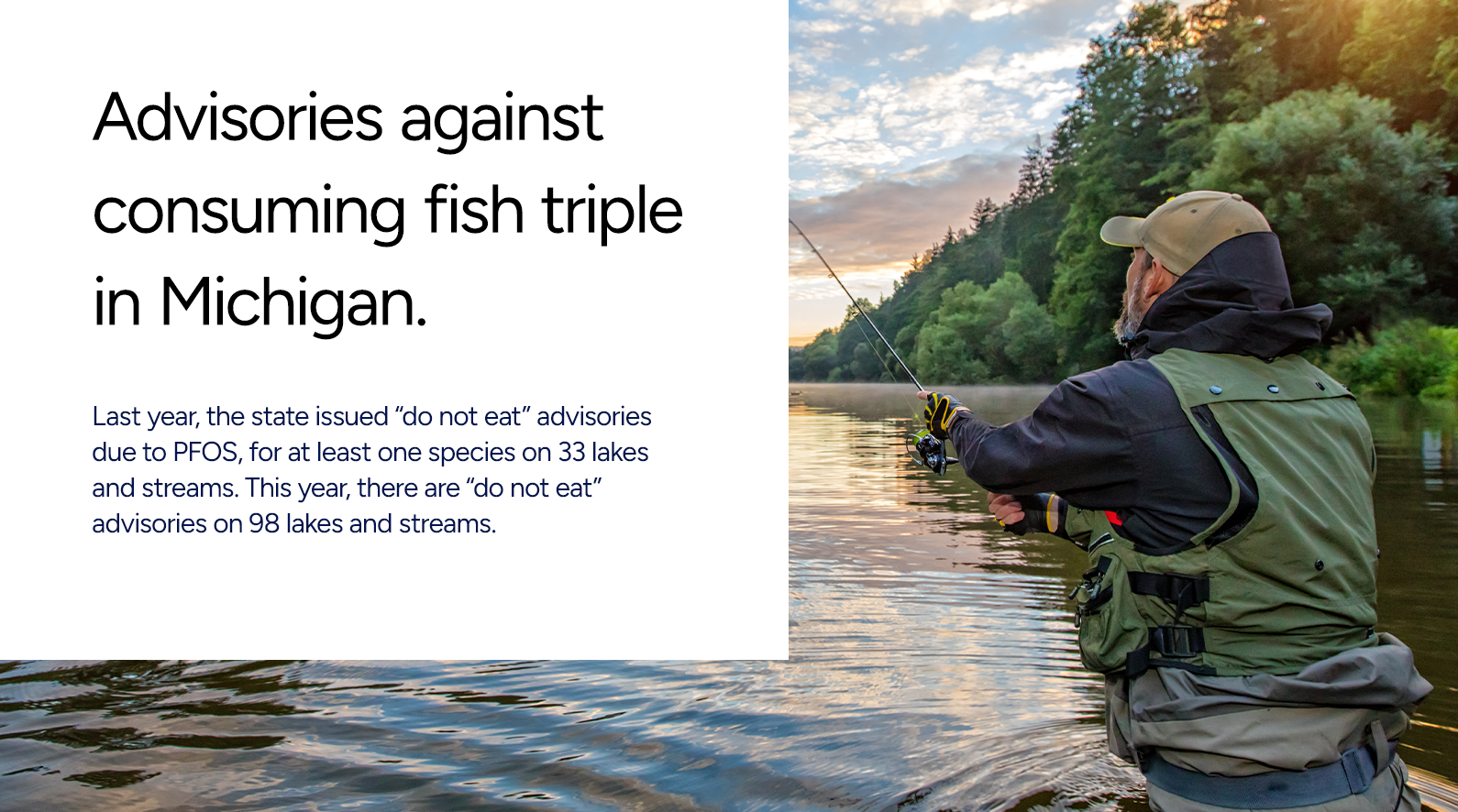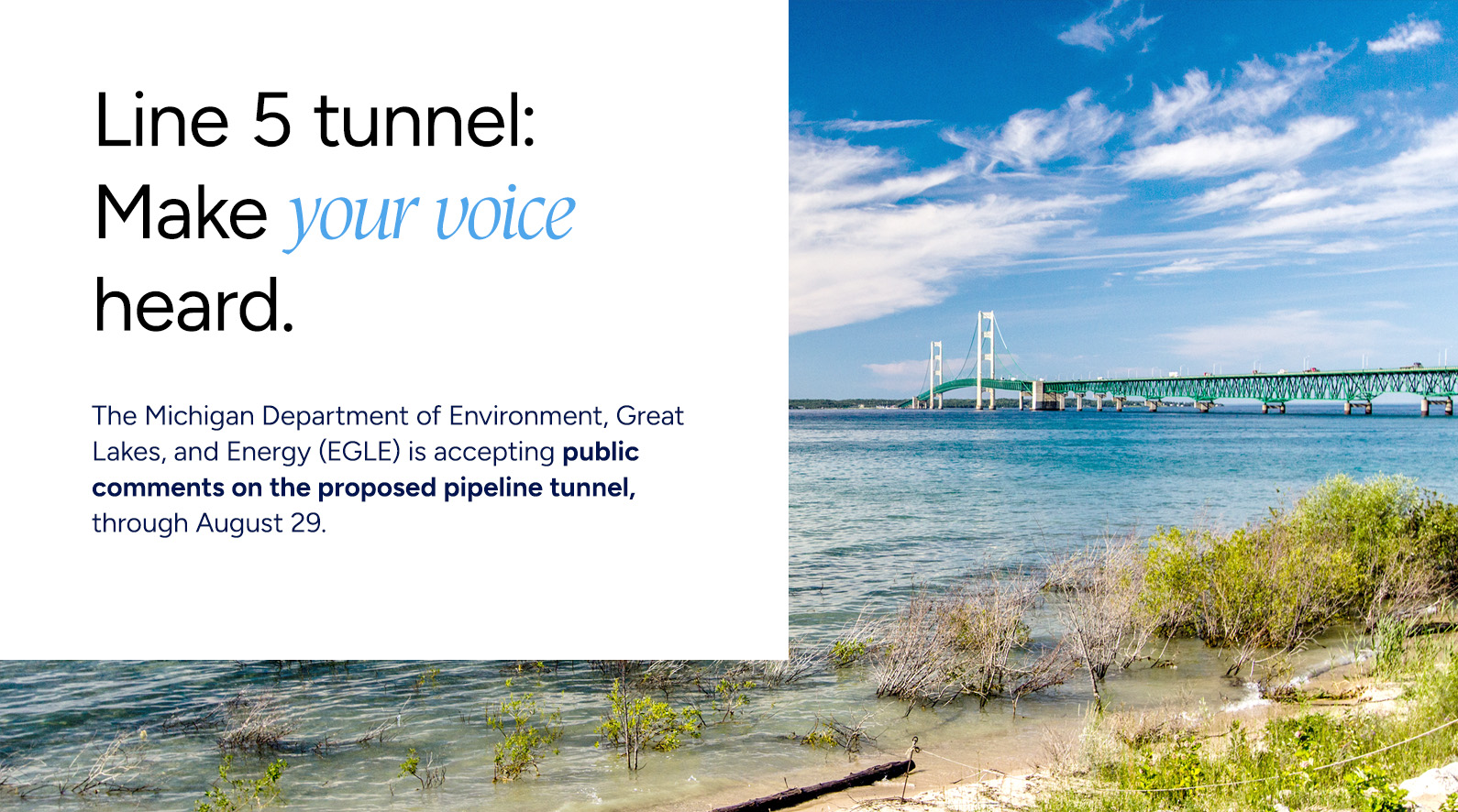
Line 5 – the 72-year-old dual pipelines suspended across the bottomlands of the Straits of Mackinac – has been battered by anchor strikes and entangled by cables from passing ships. It is universally accepted that the exposed pipelines represent a clear and present danger to the Great Lakes and the regional economy should Line 5 fail.
In the final two months of Governor Rick Snyder’s second term in 2018, the State of Michigan hurriedly signed four agreements with Enbridge, the Canadian pipeline company that owns and operates Line 5, authorizing the construction of a tunnel beneath the Straits of Mackinac intended to contain and protect Line 5.
The agreements, hastily prepared without public hearings or public review of any kind, require the State of Michigan to take ownership of the tunnel once construction is complete, and to oversee the operation and maintenance of the tunnel for the next 99 years.
There is one notable problem with this unusual partnership between the State and Enbridge: The tunnel the State agreed to manage is not the tunnel that Enbridge intends to build.
"Almost every aspect of the tunnel’s design, construction, and operation is radically different that what was originally intended," says Brian O’Mara, an expert with over 30 years of tunnel construction experience. "The tunnel project is so off track in so many ways, it is questionable that it can ever be successfully constructed, let alone operated safely."
Basic design assumptions for the proposed tunnel.
The State’s participation in the tunnel project was based on a detailed report, Alternatives Analysis for the Straits Pipeline, authored in 2017 by Dynamic Risk Assessment Systems, Inc., a company providing engineering consulting services to the pipeline industry. Dynamic Risk’s assessment was based upon a tunnel design that was distinctly different from the tunnel design that Enbridge proposes today.
Dynamic Risk recommended a tunnel alternative for Line 5 pipeline based upon the following assumptions:
- A thorough and comprehensive investigation of the lakebed would be conducted to understand the geological conditions that the proposed tunnel project would encounter.
- The pipeline within the proposed tunnel would be permanently embedded in concrete that would completely fill the 10-foot diameter of the tunnel.
- The tunnel would be bored through entirely sound and solid bedrock.
- There would be minimal groundwater inflow and pressure.
- There would be no methane or toxic gas (H2S) encountered.
None of these assumptions proved to be true or accurate.
How the tunnel has changed.
First, the Dynamic Risk evaluation assumed that “a comprehensive site-specific subsurface investigation and lab testing program would be required” by the State of Michigan, before construction to identify the characteristics of the rocks the tunnel excavation would encounter.
But the expert consultants, McMillen Jacobs Associates (MJA), retained by the Michigan Department of Transportation, identified numerous problems and red flags that were not adequately addressed in Enbridge’s investigation of the proposed tunnel path. For example, MJA found that Enbridge “did not adequately characterize the anticipated ground conditions on site” and that many of the rock sample borings intended to characterize the underlying geology did not reach the proposed depth of the tunnel, with only one boring sample taken from the most critical two-mile length of the tunnel’s proposed pathway.
Second, the tunnel design recommended and approved by the State’s consultant, Dynamic Risk, was a tunnel, 10 feet in diameter, with a “closed annulus,” meaning that the interior of the tunnel would be filled with an impermeable, inflammable cement surrounding the pipelines. The concrete would permanently seal the pipelines, preventing damage or leaks and affording an additional critical measure of safety. The present design is for an open, unsealed, 21-foot tunnel lacking the security and protection that a sealed tunnel would provide.
Third, the Dynamic Risk report on which the State relied assumed that the tunnel would be bored through solid bedrock. But Enbridge’s limited investigation found conditions that would be extremely challenging. It found that the tunnel route would encounter rock formations that are highly fractured and highly permeable, with most rock formations classified as “poor” or “very poor.” Moreover, the boring samples repeatedly encountered “voids”- open underground spaces that would need to be filled with concrete and grout before the tunnel boring machine could progress through the proposed route.
Fourth, the MJA consultants found that the extreme depth of the tunnel route will result in the boring effort encountering high “hydraulic conductivity and hydrostatic pressure” constituting “areas of significant risk impacting tunnel operations due to high groundwater inflows.” The MJA reports state that pressures may “overwhelm” the systems designed to treat water infiltration, estimated at 25,000 gallons per day. The US Army Corps of Engineers’ draft Environmental Impact Statement indicates that the pressures the tunneling machine would encounter may be the highest ever in a tunnel construction project.
Fifth, Enbridge reported that no methane of consequence was encountered in its limited geological investigation, but internal reports indicated that methane was detected in some of the samples and Enbridge failed to note that the proposed tunnel would be situated directly above the Collingwood-Utica Shale Oil and Gas play capable of yielding gas and oil in recoverable quantities. In 1971, a similar tunnel building effort in Lake Huron resulted in a methane explosion that killed 22 construction workers inside the tunnel.
A continued threat to the Great Lakes.
The tunnel project on the table today is substantially different from the tunnel project that was proposed when the agreements were signed by Governor Snyder. And the tunnel design recommended by Dynamic Risk and relied upon by the Michigan Public Service Commission (MPSC) and the Mackinac Straits Corridor Authority (MSCA) is not the design being advanced by Enbridge now.
The proposed tunnel construction has the potential to impair both the Great Lakes bottomlands and the waters of Lakes Michigan and Huron. A recent survey found that there have been 321 documented tunnel failures through 2020. The proposed project is replete with “red flags” indicating the project will encounter extraordinary environmental challenges. It is clear that the proposed tunnel project is not as safe as Enbridge wants Michiganders to believe. The risks that the proposed project presents to the Great Lakes cannot be ignored. With the permitting process for the tunnel underway, we must all call on our federal and state agencies to protect the public interest in our shared freshwater resources.
